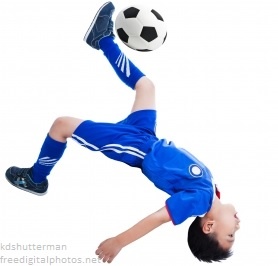
Framework and recommendations to safeguard children in sport
A review by Dr Margo Mountjoy et al published by the British Journal of Sports Medicine has attempted to introduce a framework to clearly define and categorise these threats and to provide safeguarding recommendations for sports organisations regarding children in sport. The paper serves as the basis for the recommendations included in the International Olympic Committee (IOC) Consensus paper on Youth Athletic Development.
There are a range of potential threats or forms of violence to child athletes, including:
- Individual concerns such as depression, self-harm and eating disorders
- Act of omission, such as neglect and failure to prevent injury
- Relational threats such as sexual abuse, physical abuse, and emotional abuse
- Organisational threats such as over-training, abusive hazing ritual, age cheating, and the use of systemic doping
- Medical mismanagement
The International Safeguarding Children in Sport Founders Group has developed the International Safeguards for Children in Sport to ensure children are safe from harm, which are:
- Developing a policy
- Procedures for responding to safeguarding concerns
- Advice and support
- Minimising risks to children
- Guidelines for behaviour
- Recruiting, training and communicating
- Working with partners
- Monitoring and evaluating
Eight pillars were identified based on date collection from a range of sources to facilitate the successful implementation of sport safeguards. The pillars have been given the acronym ‘CHILDREN’:
- C – Cultural sensitivity
- H – Holistic
- I – Incentives
- L – Leadership
- D – Dynamic
- R – Resources
- E – Engaging stakeholders
- N – Networks
The review concluded that with attention to these important safeguarding principles, sport organizations can better address the goal of making sport an enjoyable and pleasurable experience for children, while enabling them to reach their athletic potential.
